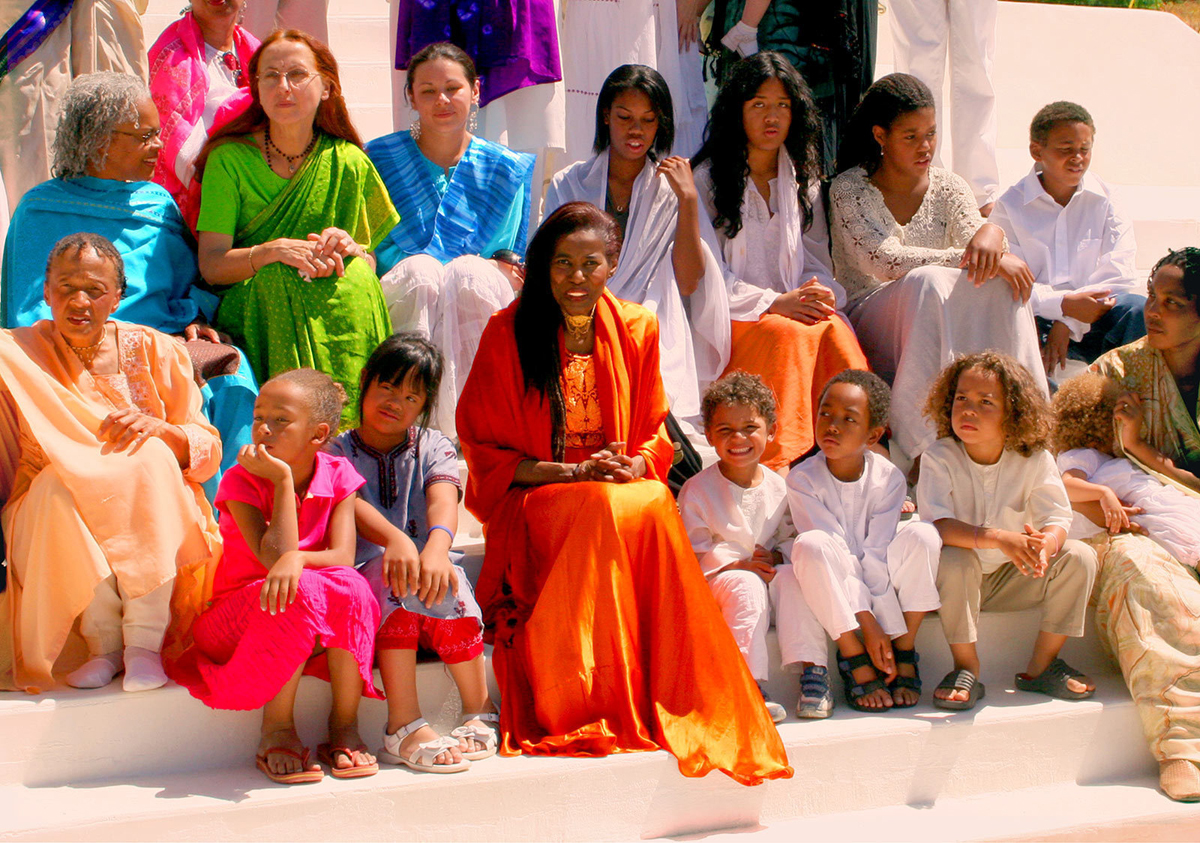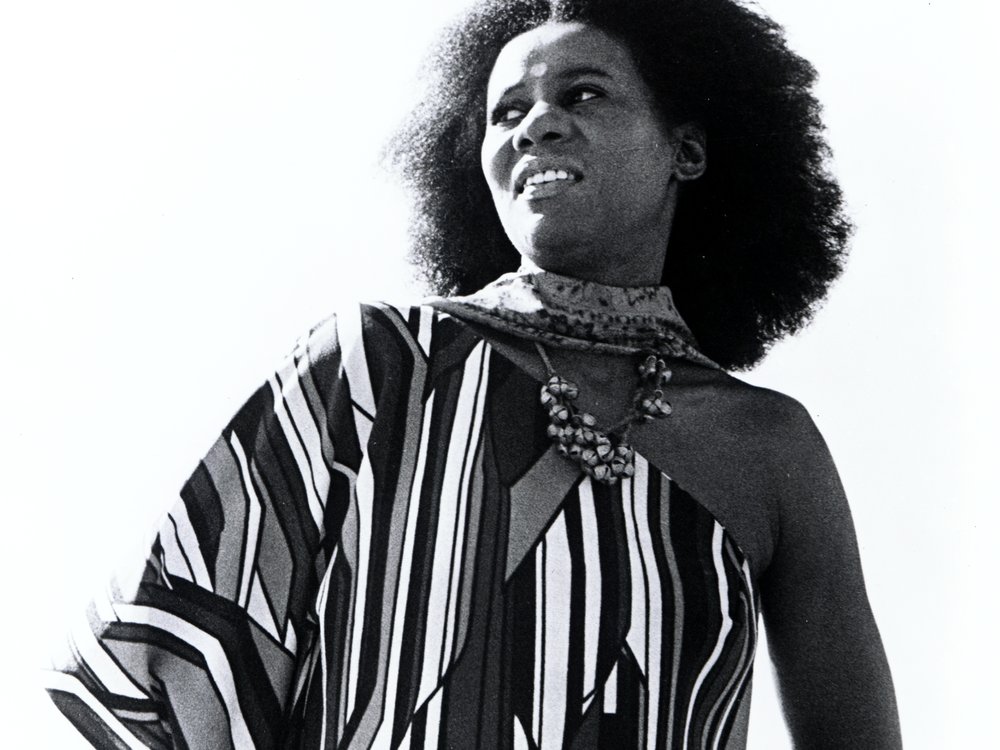‘It’s like you’re on top of the Alps’: Alice Coltrane’s spiritual jazz rediscovered
Alice Coltrane, a harpist and pianist who died in 2007, continues to find new audiences with her hypnotic glissando rolls, chord clusters and unison choral lines. Contemporary musicians Kamasi Washington and James Holden are among her fans.
Alice learned classical piano when young, and studied in Paris under Bud Powell, but her talents weren’t hugely appreciated in the 1960s. This was partly due to the man with whom she fell in love in 1963. John Coltrane became her husband two years later and asked her to step into his band – which coincided with the saxophonist’s move into freer, more atonal music.
“Critics blamed her for that – it was like John and Yoko,” says harpist Alina Bzhezhinska, who is playing at a joint tribute concert this weekend. “This happened even though Alice was dedicated to this man and his art, and powerful in her own right. Being in the shadow of John Coltrane was not an easy thing.”

Alice Coltrane pictured at her ashram. Photograph: Luaka Bop
At two gigs at LSO St Luke’s in London this weekend, attendees will remove their shoes as a choir from Alice’s California ashram performs her devotional music. Free vegetarian food will be served afterwards. That will be followed by a celebration of Alice and John’s music at the Barbican, featuring the 77-year-old Pharoah Sanders, who played in John’s later ensembles, as well as on Alice’s landmark 1970 album, Journey in Satchidananda.
“Doing these concerts felt like an important statement to make 50 years after John’s death, and 10 years after Alice’s, especially as spirituality is inhabiting jazz music again,” says London jazz festival director John Cumming. “Some artists are more explicitly confronting politics and social change, but others are taking Alice’s lead. It’s also important to remind people of the extraordinarily close story John and Alice had; how they moved jazz music on together.”
It helps that more of Alice’s material has been released recently. In May, David Byrne’s Luaka Bop label released The Ecstatic Music of Alice Coltrane Turiyasangitananda, compiled from tapes she made in the ashram she founded just outside Los Angeles in 1983. A short film about that community today, Ashram, also premiered in Brooklyn last month.
Tragically, the couple only had four years together, and after John’s death, Alice had a breakdown. “It’s easy to forget she was a black, single mother of four children at the time,” Bzhezhinska says. But the harp helped Alice find her way back – a harp John had bought for her before he died, but which only arrived after he’d gone.
“For Alice, it was like a gift from him, coming from another world,” Bzhezhinska says. “That’s partly why her music is so beautiful – so much about truth, and about love.” Alice also became a disciple of yoga guru Swami Satchidananda around this time, and later became a trained yogi herself.
Coltrane’s daughter, Michelle, told LA Weekly earlier this year about those early days of her mother making music alone: “She had her harp in the car … and we’d be running around playing in the curtains and underneath the piano. In every interview, journalists would ask her a few questions about herself, but after that it was all about John. ‘What was he like? What did he do?’ She would so graciously answer those questions and didn’t try to loop it back around to what she was doing.”
Alice went on to make 16 acclaimed, inventive albums as a band-leader, and set up her ashram a year after her and John’s eldest son, John Jr, died in a car crash aged 17.
Now her star is rising again. She is adored by young musicians, such as Sam Shepherd, AKA the critically acclaimed Floating Points, who owns all her records. “They’ve become important to me because they’re transcendental records in the purest sense,” he explains. “You put her music on, and it’s like you’re on top of the Alps, looking across thousands of miles of beauty.
“Even if you’re in King’s Cross station at rush hour, you still get a sense of that beauty somewhere. Alice reminds us to keep appreciating that.”
